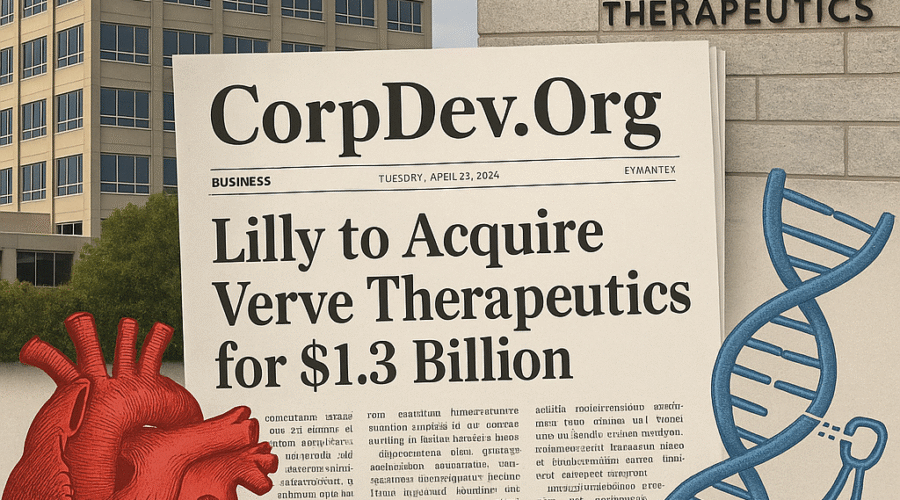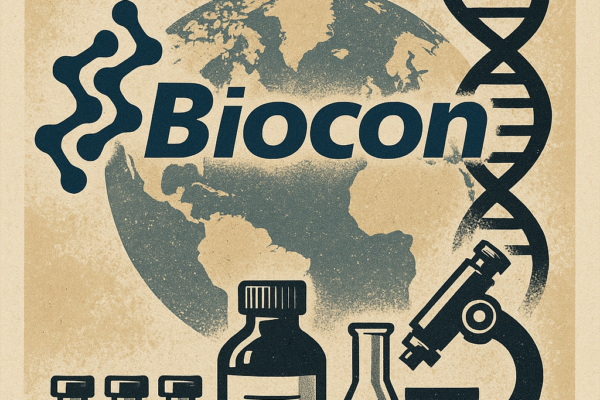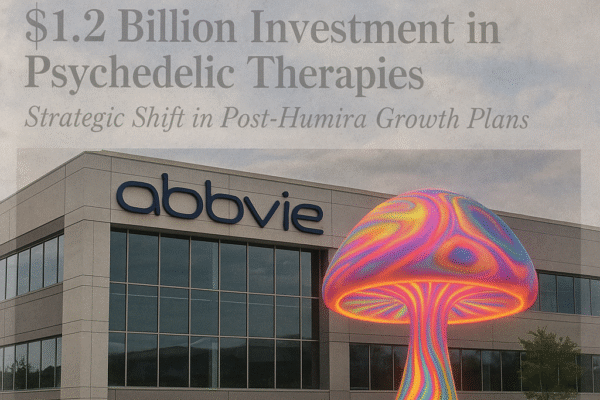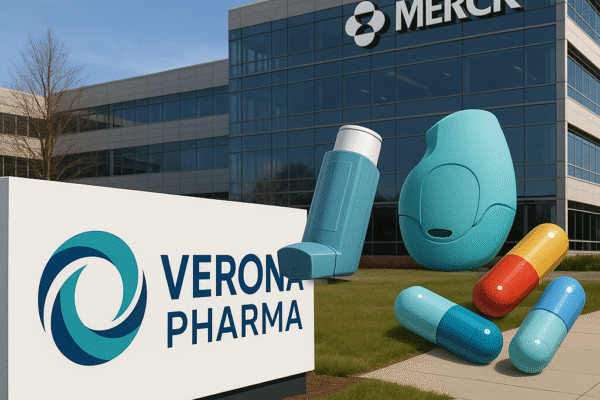Eli Lilly’s acquisition of Verve Therapeutics for up to $1.3 billion marks a watershed moment in the convergence of gene editing and cardiovascular therapeutics. This deal, announced on June 17, 2025, positions Lilly at the forefront of developing one-time curative treatments for atherosclerotic cardiovascular disease (ASCVD) by acquiring Verve’s pioneering base-editing platform. With VERVE-102—a Phase 1b-stage therapy targeting the PCSK9 gene—showing 53-69% LDL cholesterol reduction in early trials, Lilly gains a potential paradigm-shifting asset to address the $30 billion global market for lipid-lowering therapies. The transaction reflects broader trends in pharma M&A, where 2025 has seen a 101% quarterly increase in deal value as companies race to secure next-generation genetic medicines[3][13].
💼 Seasoned CorpDev / M&A / PE expertise
The Science Behind the Deal: Verve’s Gene-Editing Breakthroughs
PCSK9 Targeting and VERVE-102’s Clinical Promise
Verve’s lead asset VERVE-102 uses lipid nanoparticles (LNPs) to deliver CRISPR-based editors that permanently inactivate the PCSK9 gene in liver cells. Early Heart-2 trial data showed single-dose LDL reductions of 53% (mean) to 69% (maximum) at the 0.6 mg/kg dose level, outperforming Novartis’ twice-yearly Leqvio injections[3][18]. This approach addresses the critical adherence gap in lipid management: 50% of patients discontinue conventional therapies within one year[18]. The FDA’s Fast Track designation underscores VERVE-102’s potential to transform ASCVD treatment from chronic management to durable cure[12][16].
Overcoming Delivery Challenges
Verve’s proprietary GalNAc-LNP delivery system proved pivotal in Lilly’s acquisition decision. After initial liver toxicity concerns with earlier LNPs in 2023, Verve’s redesigned nanoparticles demonstrated clean safety profiles in VERVE-102 trials—no treatment-related serious adverse events or clinically significant lab abnormalities across 14 patients[15][18]. This technical achievement resolves a key industry hurdle for in vivo gene editing, enabling precise hepatic targeting without systemic toxicity[2][14].
Strategic Rationale: Lilly’s Cardiometabolic Dominance
Complementing the Obesity Franchise
The Verve acquisition strategically complements Lilly’s $30 billion obesity/diabetes franchise led by Mounjaro/Zepbound. By addressing ASCVD—the leading cause of death in metabolic syndrome patients—Lilly creates an end-to-end cardiometabolic solution. This vertical integration mirrors Novo Nordisk’s Wegovy/Cardiovascular outcomes strategy but with a curative rather than chronic care model[6][17].
Gene Editing Platform Expansion
Lilly gains three clinical-stage assets beyond VERVE-102: ANGPTL3-targeting VERVE-201 (Phase 1b), LPA-targeting VERVE-301, and an undisclosed program from its 2023 Beam Therapeutics collaboration[2][8]. The deal accelerates Lilly’s genetic medicine timeline by 3-5 years compared to internal development, critical in the race against rivals like Vertex/CRISPR Therapeutics[6][13].
Financial Engineering and Market Implications
Deal Structure and Valuation Dynamics
The $10.50/share upfront ($1 billion) + $3/share CVR structure balances immediate shareholder returns (115% premium) with de-risking through milestones[1][17]. William Blair’s analysis suggests Lilly acquired Verve at just 4.1x 2030 revenue projections versus industry averages of 8-10x for Phase 1 assets—a “bargain” enabled by Verve’s depressed $450 million pre-deal market cap[3][6].
Disrupting the Lipid-Lowering Market
If approved, VERVE-102 could capture 30% of the $15 billion PCSK9 inhibitor market by 2030, generating $4.5 billion annually. Its one-time administration model threatens existing therapies: Amgen’s Repatha (2024 sales: $1.6B) and Novartis’ Leqvio ($1.1B) require lifelong dosing[3][11]. The therapy’s $500,000-$1 million potential price point aligns with curative treatment benchmarks, offering payers long-term cost offsets through avoided ASCVD events[10][16].
Regulatory and Manufacturing Considerations
Navigating FDA’s Gene Editing Framework
VERVE-102 will be among the first therapies evaluated under the FDA’s 2024 genome editing guidance, requiring rigorous off-target analysis and 15-year patient follow-up[14]. Lilly’s established CMC capabilities position it to scale Verve’s LNP manufacturing—a critical advantage given industry-wide lipid nanoparticle shortages affecting COVID vaccine production[2][14].
Global Expansion Strategy
With Verve retaining ex-U.S. rights, Lilly can leverage its international regulatory experience to accelerate approvals in Europe (EMA) and Asia—markets where ASCVD prevalence is rising 8% annually[10][16]. The UK’s MHRA fast-track pathway and China’s gene therapy pilot zones offer potential early access routes[3][13].
The Road Ahead: Clinical and Commercial Milestones
2025-2026: Phase Advancement
Final Heart-2 dose escalation data (H2 2025) will determine VERVE-102’s Phase 3 trial design. Lilly plans to initiate a 500-patient global Phase 2/3 study by Q1 2026, leveraging its RECOVERY trial infrastructure used for COVID therapies[15][18]. Concurrently, VERVE-201’s Pulse-1 trial in refractory hypercholesterolemia will report initial data, potentially expanding the addressable patient population[8][15].
Long-Term Pipeline Synergies
Lilly’s oncology ADC expertise could enhance Verve’s LPA program (VERVE-301), combining gene editing with payload delivery for ASCVD patients with elevated lipoprotein(a)[6][16]. The companies’ combined R&D budget ($8.5 billion annually) enables parallel development of multiple gene-editing modalities—base editors, prime editors, and CRISPR-Cas variants[5][14].
Conclusion: Redefining Cardiovascular Treatment Paradigms
Eli Lilly’s Verve acquisition exemplifies strategic M&A in the gene therapy era—securing disruptive technology while mitigating risk through milestone-based payments. For patients, this deal accelerates access to potentially curative ASCVD treatments that could prevent 15 million annual global deaths from cardiovascular causes[9][10]. As the industry watches VERVE-102’s progression, Lilly positions itself not just as a pharma giant, but as a architect of medicine’s next frontier: durable genomic cures.
Sources
https://www.investopedia.com/verve-therapeutics-stock-soars-as-eli-lilly-buys-gene-editing-firm-for-usd1-3b-11755937, https://www.fiercebiotech.com/biotech/lilly-talks-over-13b-deal-gene-editing-partner-verve-ft, https://www.pharmaceutical-technology.com/news/eli-lilly-lands-bargain-deal-to-acquire-verve-therapeutics-for-1-3bn/, https://www.vervetx.com/about-us/our-story, https://www.lilly.com/news/press-releases, https://www.ainvest.com/news/eli-lilly-1-3-billion-bet-verve-therapeutics-pivotal-move-gene-editing-revolution-cardiovascular-disease-2506/, https://www.inderes.dk/en/analyst-comments/verve-acquires-jun-group-and-completes-a-directed-issue, https://www.globenewswire.com/news-release/2025/05/14/3080972/0/en/Verve-Therapeutics-Announces-Pipeline-Progress-and-Reports-First-Quarter-2025-Financial-Results.html, https://www.ahajournals.org/doi/10.1161/CIR.0000000000001296, https://www.insightaceanalytic.com/report/gene-therapy-on-cardiovascular-disease-market/2451, https://www.health.harvard.edu/heart-health/gene-editing-a-one-time-fix-for-dangerously-high-cholesterol, https://www.endocrinologyadvisor.com/news/pcsk9-gene-editor-gets-fast-track-status-for-ldl-c-lowering/, https://www.genengnews.com/industry-news/top-10-takeover-targets-of-2025/, https://www.biopharminternational.com/view/fda-give-guidance-on-human-genome-editing-in-gene-therapies, https://ir.vervetx.com/news-releases/news-release-details/verve-therapeutics-announces-pipeline-progress-and-reports-3/, https://www.prnewswire.com/news-releases/lilly-to-acquire-verve-therapeutics-to-advance-one-time-treatments-for-people-with-high-cardiovascular-risk-302483684.html, https://www.gurufocus.com/news/2930524/lilly-to-acquire-verve-therapeutics-to-advance-onetime-treatments-for-people-with-high-cardiovascular-risk-lly-stock-news, https://www.tctmd.com/news/topline-data-point-promise-verve-102-gene-editing-therapy





